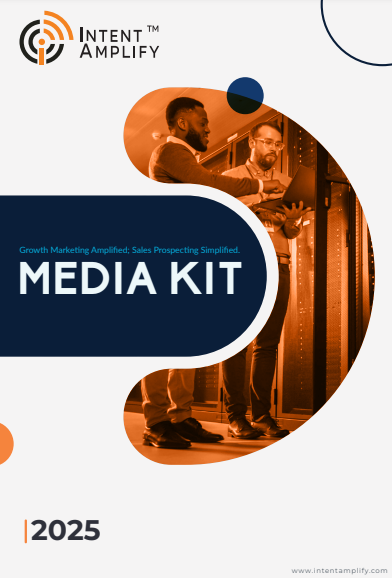
Lead Generation Appointment Setting: Does ABM Outperform Traditional Methods?
- Last updated on: July 3, 2025
With the changing B2B environment, lead generation is not about throwing wide nets anymore. With increasingly selective buyer behavior and rising digital noise, businesses are reevaluating appointment-setting strategy. One question now drives many boardroom debates: Is Account-Based Marketing (ABM) more effective at lead generation and appointment setting than other approaches? This article explores the performance of ABM appointment setting versus traditional tactics, offering clarity for decision-makers targeting scalable growth.
The Shift from Volume to Value
Traditional lead generation is generally quantity-oriented, rather than quality-oriented. Cold calls, batch-and-blast emails, purchased contact lists, and boilerplate follow-ups have been the default weaponry for centuries. While these methods are still included in many B2B arsenals, they are less successful in an age of heightened buyer expectations. Decision-makers expect relevant, personalized outreach today.
Appointment setting does fail, however, when prospects are being handled like they’re merely another name on a list. They disengage immediately when contact lacks relevance or significance. With ABM, there is a more advanced approach by prioritizing efforts on high-value accounts with tailored messaging. Such a philosophical shift equates to a shift away from product pushing and toward building relationships.
Understanding ABM in the Context of Appointment Setting
Account-Based Marketing synchronizes marketing and sales to target a clearly defined set of accounts. Rather than marketing to the masses, teams are targeting specific companies that have been qualified as ideal-fit prospects. From strategy development to appointment setting, all touchpoints are customized to resonate with the account’s business objectives, challenges, and decision-making hierarchy.
From Forrester’s 2025 Budget Planning Guide, there’s a clear mandate: “buyers conduct their self‑guided research…and expect you to have all their signals…sorted, analyzed, and prioritized to provide a better buyer experience.” This underscores the importance of ABM alignment in modern appointment setting.
If used in lead generation, ABM doesn’t replace appointment setting; it makes it richer. Through a rich understanding of the target account, teams can craft more compelling outreach messages, more tactically time them, and position the value proposition more accurately. As a result, appointments booked via ABM tend to be with high-quality leads and have more business interest.
Why Traditional Methods Struggle in Today’s B2B Environment
While traditional appointment-setting methods have been the reliable move in most B2B playbooks, they fail in the buyer self-service era. The reasons are structural:
- Lack of personalization: Bulk campaigns rarely address specific pain points or business conditions. Their very generic nature reduces the chance of response or engagement.
- Data decay: Contact lists rapidly go out of date. Garbage-in quality data frequently results in wasted outreach or missed opportunities.
- Low conversion rates: Volume-based approaches may take hundreds of touchpoints to get one relevant conversation.
- Siloed workflows: Sales and marketing tend to work in silos, resulting in disjointed messaging and missed timing.
These constraints not only reduce appointment-setting success but also tax internal resources. Companies might allocate time spent pursuing low-value leads to accounts with real buying intent.
ABM’s Edge: Precision, Personalization, and Predictability
ABM succeeds at appointment setting due to its high accuracy. Prioritizing the most high-value accounts, it becomes easy for teams to tailor content, outreach sequences, and engagement methodologies. Below are some advantages of ABM to appointment setting and lead generation:
- Better alignment with buying committees: ABM strategies involve mapping the target account’s buyer ecosystem. Outreach is made to various stakeholders and not a sole decision-maker.
- High-quality conversations: Schedules are more likely to be accepted where messaging hits on specific industry challenges or strategic goals.
- Time-stamped targeting: ABM is founded on time-stamped firmographic, technographic, and intent data. This maximizes outreach timing and relevance.
- Improved win rates: When meetings are scheduled with accounts that align with the Ideal Customer Profile (ICP), sales cycles shorten and close rates improve.
These benefits create fewer but higher-quality appointments, making sales teams more productive and the ROI on lead generation campaigns better.
Use Case Highlight: ABM in Action for B2B SaaS Companies
Let’s take a B2B SaaS business where its expertise is mid-market financial services organizations. Classic outreach strategies involved sending generic cold emails to hundreds of companies. Conversion rates would have been poor, and appointment quality inconsistent.
With ABM, the identical agency builds a list of 100 strategic accounts with intent data, tech stack, and firmographics. They develop customized landing pages, personalize ad campaigns, and assign designated sales reps to make data-driven outreach. With this, each meeting has stakeholders who are familiar with the brand and have shown interest in related solutions. We achieve a higher conversion rate and reduce the sales cycles. This approach doesn’t generate additional meetings but more effective meetings.
Scaling ABM Appointment Setting Challenges
Although it has its advantages, ABM isn’t problem-free. It requires more planning in advance, content tailoring, and departmental alignment. Smaller teams struggle to execute ABM without automation technology or third-party data alliances.
Some common hang-ups:
- Research is time-consuming: It takes effort to build account profiles and identify decision-makers.
- Cross-functional alignment: ABM depends on seamless collaboration between marketing, sales, and data teams.
- Technology investment: Achievement usually requires data enrichment tools, CRM integration, and campaign orchestration software.
Yet organizations that find a way around these challenges end up discovering that the returns of ABM in the long term are well worth the upfront complexity.
Strategic Blending: Can Both Approaches Coexist?
For many firms, the answer may not be ABM or “traditional” methods—it may be ABM and traditional methods. A blended strategy allows businesses to focus on major accounts using ABM while still maintaining a broader reach for pipeline filling and awareness.
This blend can be especially effective if combined with a tiered account model:
- Tier 1 accounts: Use full ABM, including personal contact and dedicated resources.
- Tier 2 accounts: Implement programmatic ABM, leveraging industry-level messaging and automation steps.
- Tier 3 accounts: Implement traditional lead generation tactics to create awareness and gather data.
It is this kind of segmentation that delivers optimal resource allocation and reach with maximum relevance.
ABM’s Growing Role in the Lead Generation Future
The future of lead generation and appointment setting is timing, relevance, and value. ABM is all three. With increasingly complex buyer experiences and information density, organizations that spend time getting to know and addressing the right accounts will gain a clear competitive edge.
While classic tactics are still applicable, especially for top-of-funnel work, they no longer measure up for precise appointment setting. Account-based strategies target accounts and provide businesses with a clear direction going forward when quality over quantity is critical.
Intent Amplify Can Help You Elevate Your ABM Strategy
At Intent Amplify, we help B2B technology companies reinvent their lead generation efforts through data-led ABM solutions. Our software enables you to discover high-intent accounts, personalize the engagement, and schedule more meaningful appointments that convert.
FAQs
1. What is the difference between ABM and traditional lead generation for appointment setting?
ABM focuses on targeting specific high-value accounts with personalized messaging and outreach, while traditional lead generation relies on casting a wide net to capture as many leads as possible, often through cold emails or calls. In appointment setting, ABM tends to result in higher-quality meetings with stakeholders who are already familiar with your offering.
2. Is ABM suitable for small or mid-sized B2B businesses?
Yes. While enterprise-level marketing is often associated with ABM, small and mid-sized businesses can benefit from a scaled approach. Even a lean ABM program targeting a handful of high-value accounts can significantly improve appointment quality and conversion rates when implemented thoughtfully.
3. How does ABM improve appointment conversion rates?
By using intent data, account insights, and customized outreach, ABM connects with buyers at the right time with relevant messaging. This increases the likelihood of response and engagement, resulting in more booked appointments that convert into meaningful sales conversations.
4. How does technology support appointment setting in an ABM strategy?
Technology is essential for scaling ABM. Tools like CRM platforms, intent data solutions, and automation software enable teams to identify target accounts, personalize communication, and track engagement effectively. Aligning ABM effectively requires the support of a reliable tech stack.
5. Can we use ABM and traditional methods together?
Yes, many successful B2B organizations use a blended strategy. Companies apply ABM to high-priority accounts, while they can use traditional lead generation methods for broader outreach and early-stage engagement. This tiered approach balances reach with relevance.




